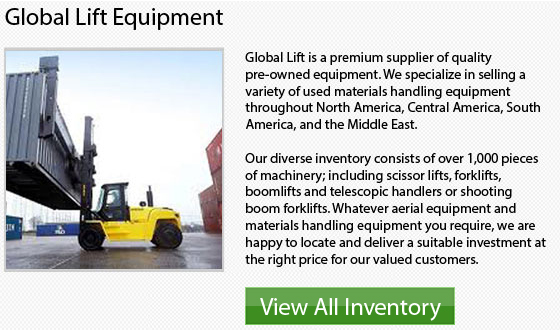
Hazards of Type-G forklifts
Forklifts carry out an important part in the operations of warehouses and other businesses. These equipment are capable of raising and moving huge loads from one place to another. There are numerous variations on the lift truck. The primary variation is the way in which various units are fueled. "LP" lift trucks are the most popular kind. They use liquid propane. Type "E" lift trucks operate on electricity and have big rechargeable batteries. Type "D" forklifts utilize diesel and type "G" utilize gasoline. While all forklifts, like any piece of heavy machine, can pose a hazard, gasoline powered forklifts carry the most risks.
Fire
Forklifts labelled type G can present a fire hazard. Gas lift trucks are not made with the same rigorous standards. Gas leaks are the biggest cause of fire due mostly to gas leaks and also escaped gas fumes. This could result from accidents and from driving on extremely rough terrain or normal wear. These circumstances pose a risk and can lead to fire. Hence, a standard Type G forklift should never be used in conditions where elevated fire risk is deemed not acceptable. For example, these kinds of forklifts must not be used around explosives or hazardous chemicals.
Explosion
Type G forklifts also pose a danger of explosion, as do those that operate on diesel and liquid propane. A gasoline fueled forklift can explode as a result of a serious mishap in circumstances where a gasoline leak and an ignition source are both present. An explosion could happen when sparks are created in the collision and the sparks ignite the gasoline.
Fumes and Exhaust
Type G lift trucks pose a serious inhalation danger due to toxic fumes. Gasoline fumes can be deadly in high concentrations. Fumes can result from gasoline leaks or from the exhaust itself. Thus, a Type G lift truck is not suggested for any setting that is poorly ventilated. The exhaust will present a serious hazard in enclosed places. This kind of forklift should be used with caution when operated near people.